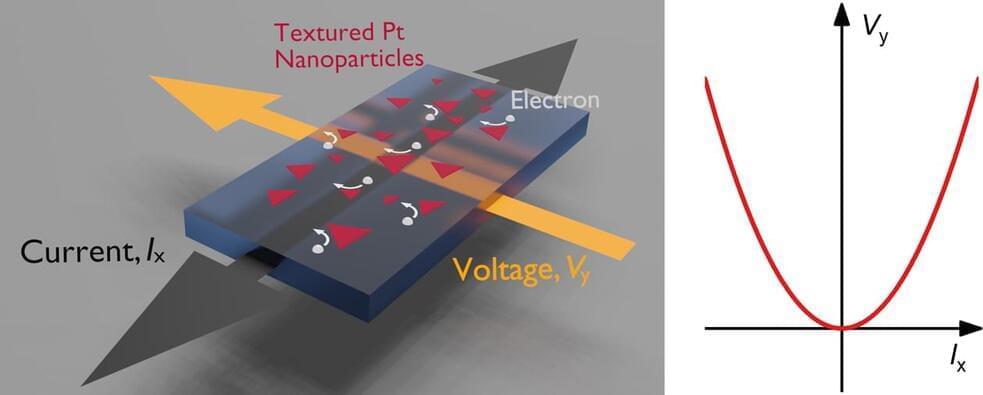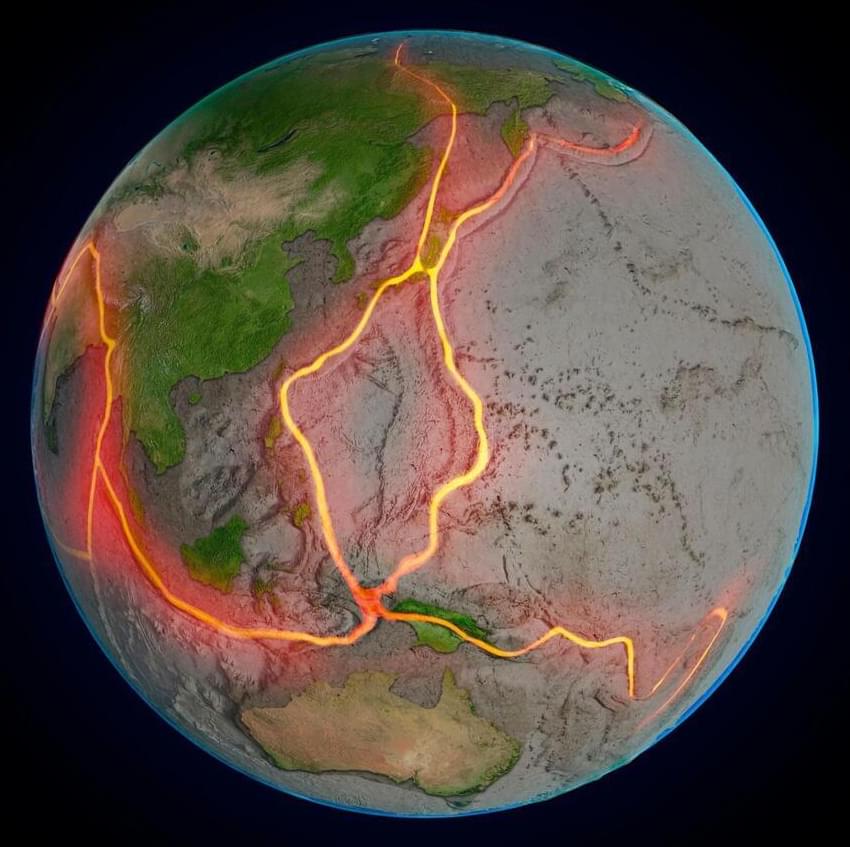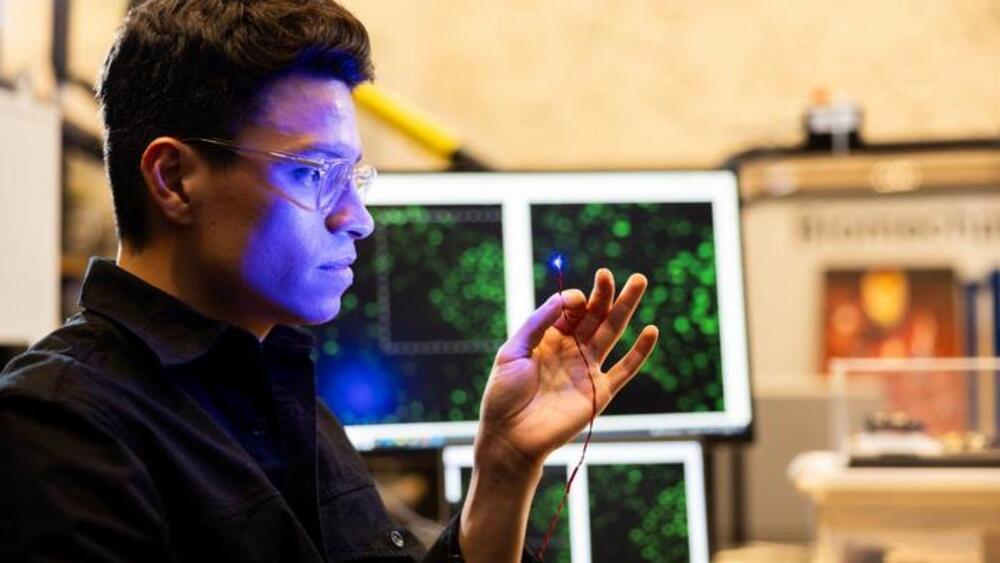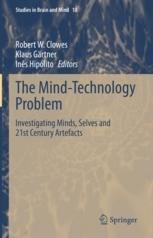The US has approved Ioneer’s Rhyolite Ridge Lithium-Boron Project, which will produce batteries for over 370,000 EVs annually for 26 years.




The Attosecond Science group at the Center for Free-Electron Laser Science has developed a novel light source capable of producing extremely short pulses for the investigation of UV-induced molecular dynamics with unprecedented temporal resolution. Scientists from the University of Hamburg and from DESY describe their unique observations in an article published in Nature Communications.

Yes, it’s your Stargate partner-in-whine here to talk about my inability to relax and just give in to a fatty future…instead forcing myself on this horrible devices while I learn… today’s weapon of choice is the Smooth Fitness CE 74.4 Elliptical machine of horror…join me!

Easter Island consists of several extinct volcanoes. The oldest lava deposits formed some 2.5 million years ago on top of an oceanic plate not much older than the volcanoes themselves. In 2019, a team of Cuban and Colombian geologists left for Easter Island to accurately date the volcanic island. To do so, they resorted to a tried-and-tested recipe: dating zircon minerals. When magma cools, these minerals crystallize. They contain a bit of uranium, which ‘turns’ into lead through radioactive decay.
Because we know how fast that process happens, we can measure how long ago those minerals formed. The team from Colombia’s Universidad de Los Andes, led by Cuban geologist Yamirka Rojas-Agramonte, therefore went in search of those minerals. Rojas-Agramonte, now at the Christian Albrechts-University Kiel, found hundreds of them. But surprisingly, not only from 2.5 million years old, but also from much further back in time, up to 165 million years ago. How could that be?


Via Multitask Learning.
Ahmed A. Elhag, T. Konstantin Rusch, Francesco Di Giovanni, Michael Bronstein University of Oxford & MIT https://arxiv.org/abs/2410.
Can _equivariance_ be learned by unconstrained models?

